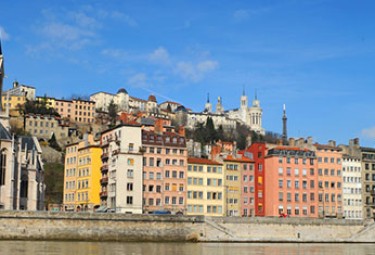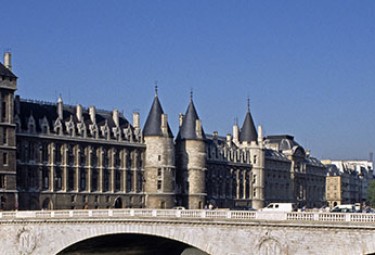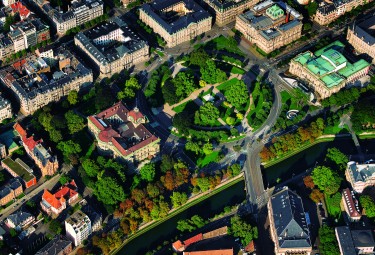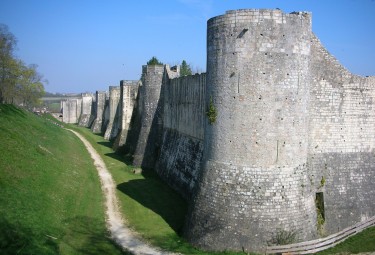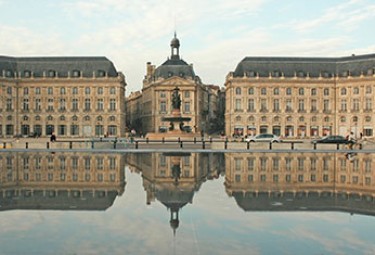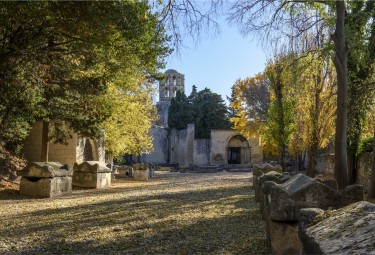Historic fortified city of Carcassonne
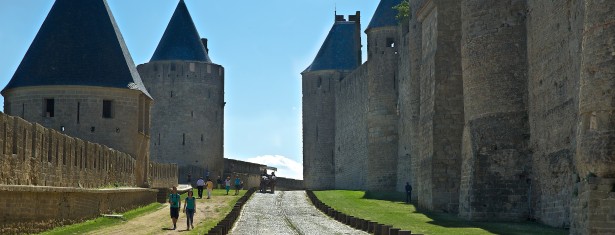
Summary
There had been fortifications on the hill where Carcassonne now stands since pre-Roman times. In its current form, it is the epitome of fortified mediaeval cities, with its massive defences mainly dating back to the 13th century, with two walls separated by a pomoerium (a strip of clear ground) surrounding the castle and the adjoining residential houses, streets and magnificent Gothic cathedral. Carcassonne is also outstanding on account of the long restoration programme carried out between 1853 and 1879 by Eugène Viollet-le-Duc, one of the founders of modern-day conservation science.
Criteria
Criterion (ii): The defensive wall of Carcassonne, strengthened in the 13th century with the addition of a second wall, is an outstanding example of urban fortification in the Middle Ages, and had considerable influence at the time. In addition, the extensive restoration work carried out during the second half of the 19th century epitomizes the ideas and work of Viollet-le-Duc which had a profound influence on the principles of conservation in France and Europe in the 19th century.
Criterion (iv): Carcassonne is a rare example of a fortified mediaeval city, with its massive defence system constructed on ramparts dating back to the end of the Roman period, modernized up to the 13th century, and preserved up to the present day. The town, with its cathedral, its castle, its houses and streets, offers an authentic image of a mediaeval town.
- Année d'inscription : 1997
- Critères d'inscription : ii, iv
- Superficie du bien inscrit : 11 ha
- Localisation : Department of l'Aude, Region of Occitanie
- Coordonnées DMS : N43 12 38 E2 21 32
- Registration year : 1997
- Registration criterion : ii, iv
- Area of the inscribed : 11 ha
- Location : Department of l'Aude, Region of Occitanie
- Coordinates DMS : N43 12 38 E2 21 32

